The Bizarre History of Birth Control Methods for Women
Written on
The Origins of Unusual Birth Control
It would be fascinating to sit down for tea with Dr. Marie Stopes (1880–1958). Our conversation could range from her impressive fossil collection—she was a skilled paleontologist—to her influential writings on sex and parenting. However, the most intriguing topic would undoubtedly be women's reproductive rights. Stopes is primarily recognized for founding the first birth control clinic in Britain, but her controversial ties to the eugenics movement and her views on racial purity would add a complex layer to our discussion.
In her parenting manual, she controversially suggested sterilizing individuals deemed "hopelessly rotten and racially diseased." To facilitate this, she introduced a unique contraceptive sponge called "Racial," designed to keep unwanted sperm at bay.
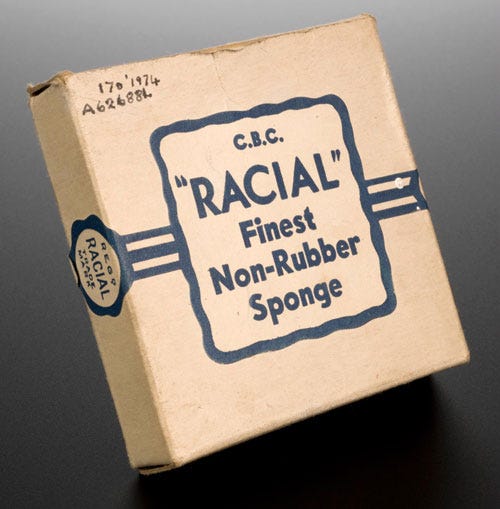
These sponges were often used alongside homemade spermicides, typically a mix of quinine and olive oil. However, women required an effective means to insert their chosen spermicide into their bodies. Thus, the "uterine ointment introducer" was developed.
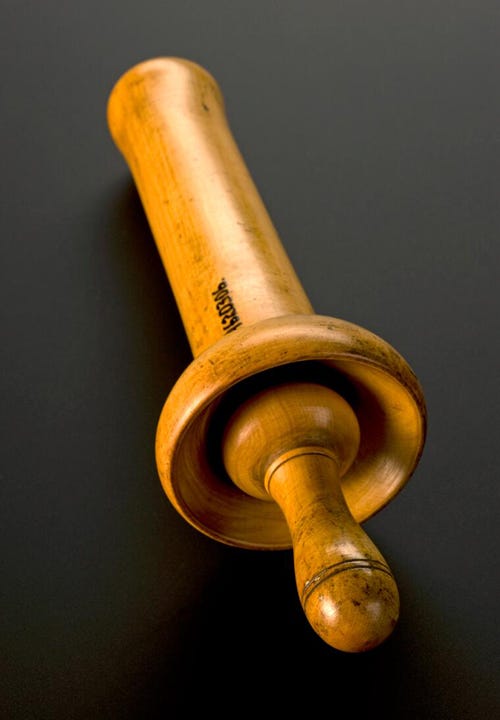
This device functioned similarly to a modern tampon. It involved filling the inner tube with the spermicide, pulling the piston, and then using it as needed. Once the task was complete, you could get back to kneading dough!
Now, let’s delve into a more alarming aspect of this history—the uterine syringe.
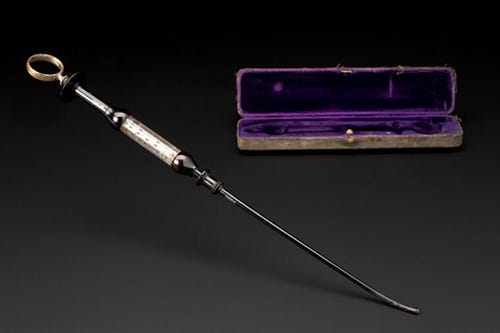
This syringe was inserted into a glass barrel containing spermicidal liquid and was then injected into the vagina. This device reflected a time when doctors had an exaggerated perception of the length of the vaginal canal.
You might want to keep your legs tightly squeezed together!
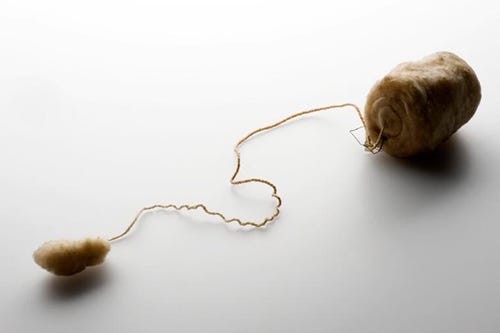
Another invention by Stopes was the contraceptive tampon. It was designed to be dipped in spermicide and then inserted into the vagina, doubling as an unconventional cat toy.
Yet, if these odd methods failed, there was always the conventional condom.
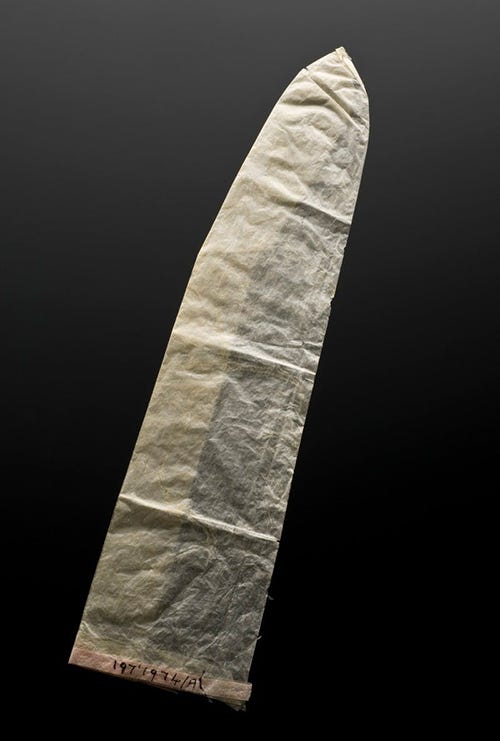
Initially crafted from animal bladders, condoms have been used since ancient times. By the 16th century, they were made from linen and often adorned with ribbons. During the Renaissance, their primary purpose was to prevent STDs, but their role in preventing pregnancy was frowned upon by the Church.
The game changed in 1858 when Goodyear patented rubber, leading to the production of the first rubber condoms. Initially, these only covered the tip, known as "American tips." By 1869, full-length condoms became the norm, marketed as one-size-fits-all and reusable.
A significant advancement in condom manufacturing came from Julius Schmid, a German-Jewish immigrant who owned a sausage casing factory in New York. In 1883, he realized that his sausage casings could serve a dual purpose. His condoms became popular, but due to legal restrictions on contraception, he had to market them as "French goods and medicines."
Eventually, the U.S. legalized condoms in 1918, but female contraceptives remained prohibited. Interestingly, the initial condom packages came with detailed instructions.
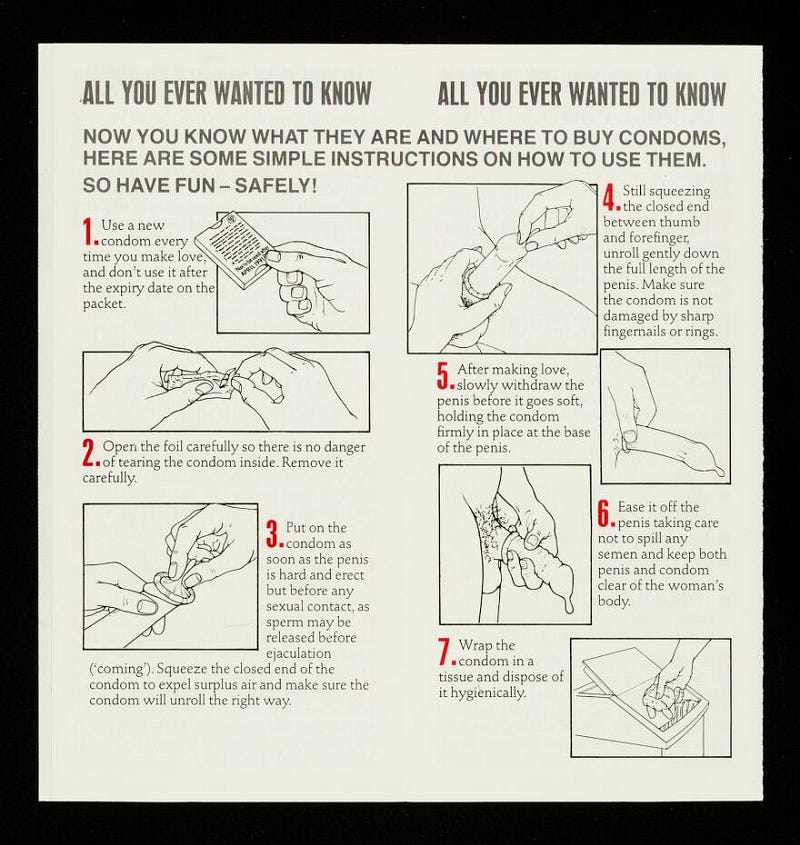
These instructions emphasized the importance of putting the condom on before any sexual activity—an essential reminder that many may overlook.
Some condom advertisements from that era left much to be desired in clarity.
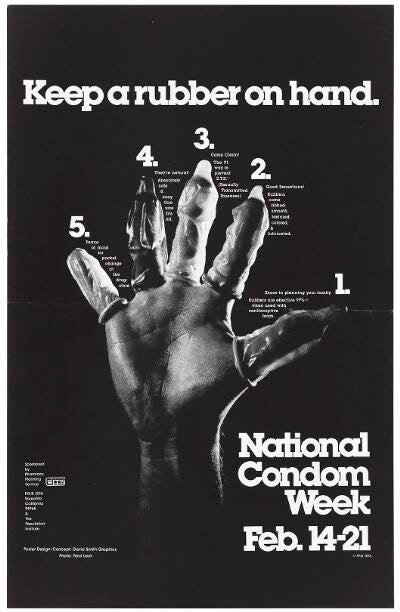
The notion that finger puppets with condoms could prevent pregnancy is certainly questionable. Additionally, the idea that five condoms could be more effective than one adds a layer of confusion.
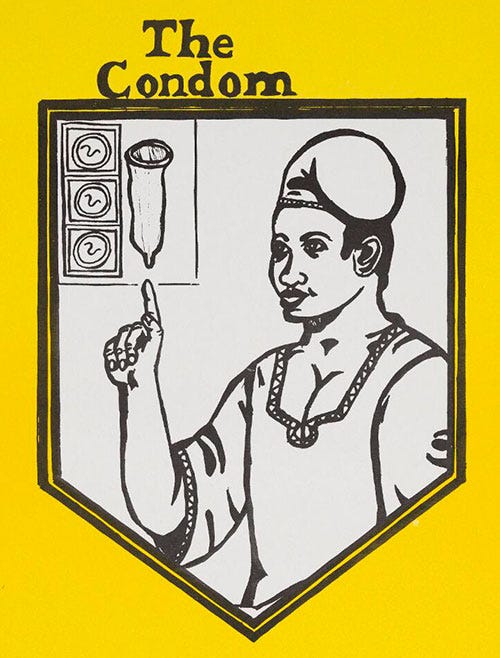
It’s a risky move to suggest using condoms in unconventional ways. Instead, many men of the time opted for a complete array of contraception tools, transforming them into the "MacGyvers" of birth control.
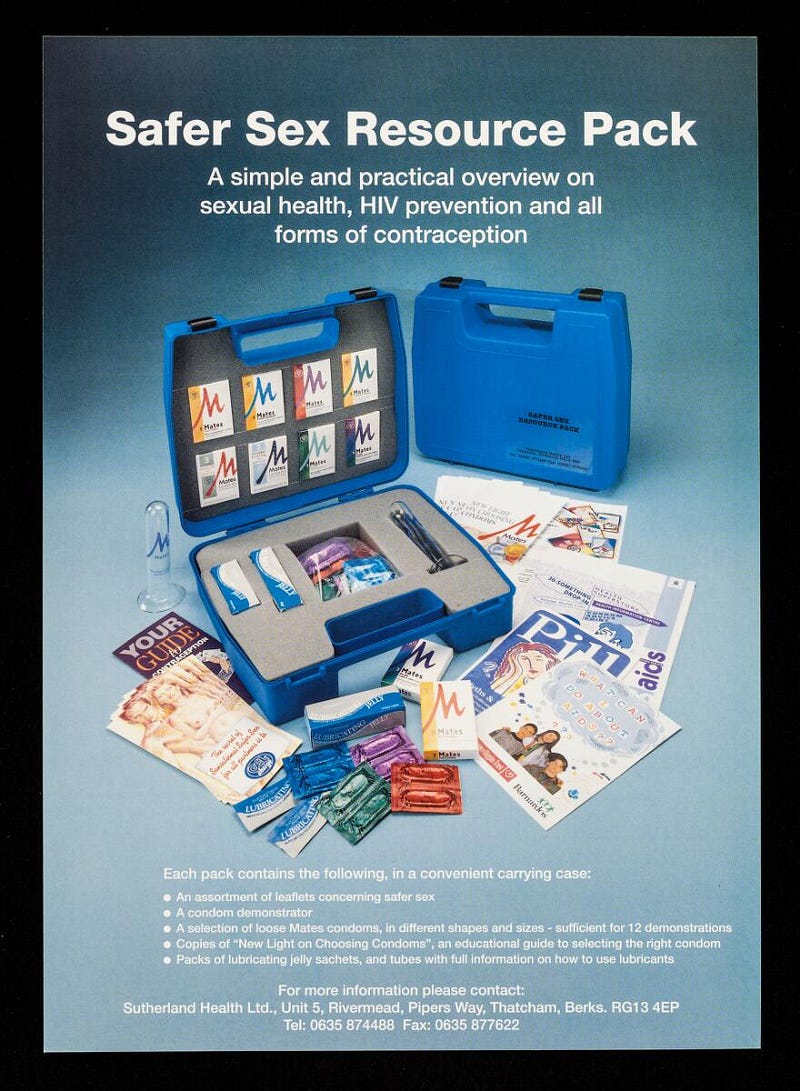
By the 1920s, bleach became a controversial method for spermicide, with products like Lysol marketed under the guise of feminine hygiene.
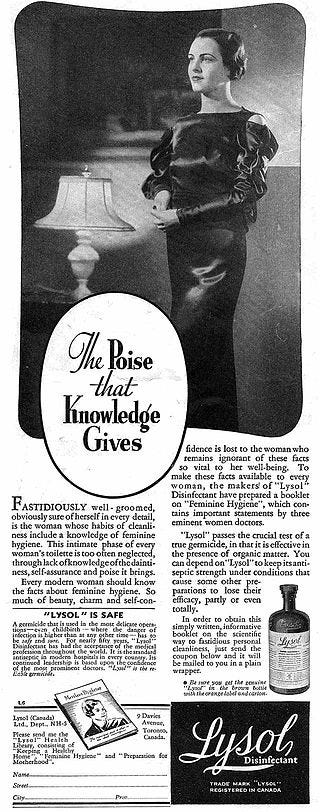
Though bleach is not an effective contraceptive, it certainly discouraged future sexual encounters.
Finally, here’s a cautionary image…

I often find myself in similar predicaments—just when I think I'm safe, those pesky storks come after me! If all else fails, don’t forget your "racial sponge" to fend off those villainous stork sperm.